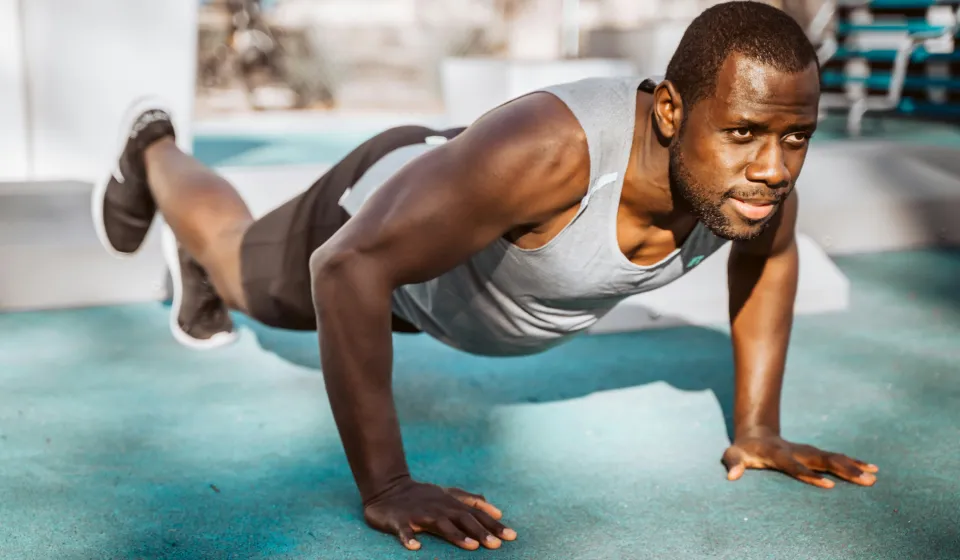
As a Les Mills Instructor, you’re always pushing your limits, but sometimes it can be helpful to take stock and assess how you're faring. These five science-backed fitness tests will reveal how well your body is ageing and where you can get stronger.
When was the last time you tested your own baseline? These five functional fitness tests – each backed by compelling longevity research – offer a powerful way to check in with your own body. From balance and grip strength to flexibility and cardiovascular endurance, they’re more than just physical party tricks – they’re indicators of how well you’re ageing, and how to improve. Try them for yourself!
Test #1: Sit-to-stand test
How easily you can sit on the floor and then rise to your feet (using as little support as possible) may help predict how long you will live. A new study shows those who can ace the sit-to-stand test are far less likely to die of natural or cardiovascular causes than those who scored the lowest.
How to take the test:
- Stand upright, cross one foot over the other, and lower yourself to a sitting position. Then try to stand back up.
- To get a perfect 10 score, you must do this without using your hands, forearms, knees, or legs for support.
- Any time you need to put a hand (or forearm, knee, or leg) down for support, you lose a point.
If you need support from a wall, table, or person to complete the movement, you’ll score 0, but that just means you’ve found your starting point and can grow from here.
How to improve functional strength:
Regularly practicing this movement is one of the best ways to get better. You can also focus on low-impact strength training like Pilates, plus exercises to build lower body and core strength, like squats and lunges.
Test #2: Balance test
Your ability to balance on one leg can predict a lot about your health – including your age and life potential. Researchers found those who are fifty or older and can’t balance on one leg for 10 seconds are more likely to die in the next seven years than those who can. The inability to sustain 10 seconds on one leg has been linked to a nearly 84% higher mortality risk.
How to test your balance:
- Stand in a single-leg stance on your non-dominant foot, put your hands on your hips, close your eyes, and focus on maintaining your balance.
- If you're under 40 years old, aim to balance for 43 seconds or more. If you're between 40-49, aim for 40 seconds; 50-59, aim for 37 seconds; 60-69, aim for 30 seconds; 70-79, aim for 20 seconds; over 80, aim for five seconds.
How to improve balance:
Practising single-leg exercises (like single-leg squats and lunges) is great as this will engage the deep stabilizers of the lower limb and core. Yoga and Pilates are also awesome for improving balance. Be sure to check out our article How to Better Your Balance.
Test #3: Grip strength test
Grip strength could soon be considered a new vital sign if some researchers have their way. According to a large-scale study (involving over 500,000 participants), low grip strength is linked to a higher risk of all-cause mortality with a specific increased risk of cardiovascular disease, respiratory illness and cancer. The researchers found that for every 5kg decrease in grip strength, mortality risk increased by 16-20%, cardiovascular death risk increased by 19-22% and respiratory disease death risk increased by 24-31%.
How to test grip strength:
Grip strength is most commonly measured using a hand dynamometer (which assesses the force exerted when you squeeze and indicates muscle strength in the upper body). You hold the dynamometer in one hand and squeeze as hard as possible for 3-5 seconds to get a measure. Good grip strength is between 30-48kg for males and between 16-30kgs for females (depending on age).
Don’t have a dynamometer? Try the towel twist test:
- Twist a wet towel as hard as you can for 10–15 seconds.
- Compare how long you can maintain the twist or how much water you can wring out.
How to improve grip strength:
Deadlifts, farmer's carries or hanging from a pull-up bar are all great ways to increase grip strength.
Test #4: Push-up test
The number of push-ups you can power through without stopping could say a lot about your cardiovascular health and longevity. A 10-year study of 1,104 firefighters has indicated that aiming for 40 push-ups in a row could be the way to go. Men who could complete 40 or more push-ups had a 96% lower risk of developing cardiovascular disease compared to those who could do 10 or fewer.
How to test push-up capacity:
- Start in a standard push-up position; hands shoulder-width apart, body straight from head to heels. Lower your body until your chest nearly touches the ground. Push back up to the starting position.
- Repeat without pausing, ensuring good form for every rep (no sagging hips or flared elbows).
- Reaching 40+ push-ups can be an indicator of excellent muscular endurance, 20-39 push-ups is good, below 20 may indicate the need to improve.
How to improve push-up capacity:
Once again practice is the way to go. If you can't manage push-ups on your toes, don't be put off. Findings published in the Journal of Applied Biomechanics have shown that both the toe and knee variations of the push-up are worthwhile. You can download this 16-Day Push-Up Challenge and process from knee to toe push-ups in no time. To learn how to improve your push-up technique, check out our Three Ways to do Better Push-Ups article.
Test #5 Flexibility test
Extending your life potential could come down to your ability to touch your toes. Scandinavian researchers have found a fascinating link between greater flexibility and lower mortality rates. Women who scored highly for flexibility were five times less likely to suffer premature death, and men were twice as likely to live longer.
How to test flexibility:
While the Flexindex is commonly used to test flexibility across 20 different joints, the self-sit and reach test is the easiest option to do solo at home.
- Sit on the floor with your legs together in front of you and ankles flexed, put your palms on top of each other, and reach forward a couple of times before reaching forward as far as you can, holding for three seconds.
- Record how far your hands go (to your knees, mid-shin, ankle, or past your toes).
How to improve flexibility:
Regular stretching, yoga and classes like BODYBALANCE™ will help build your flexibility. Strength training is also important, as strengthening muscles can improve flexibility by supporting better joint mobility and balance.
You might also like:
How Does Your Fitness Measure Up?


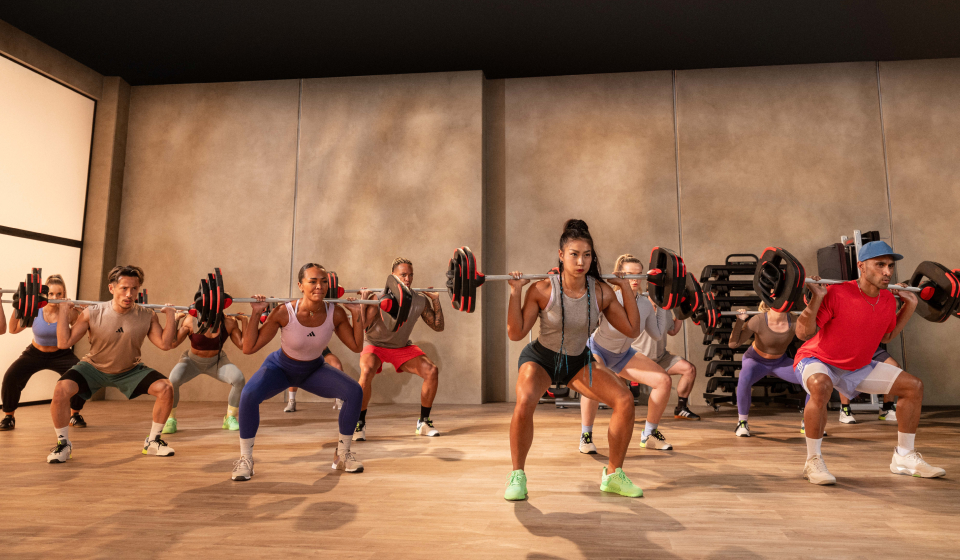

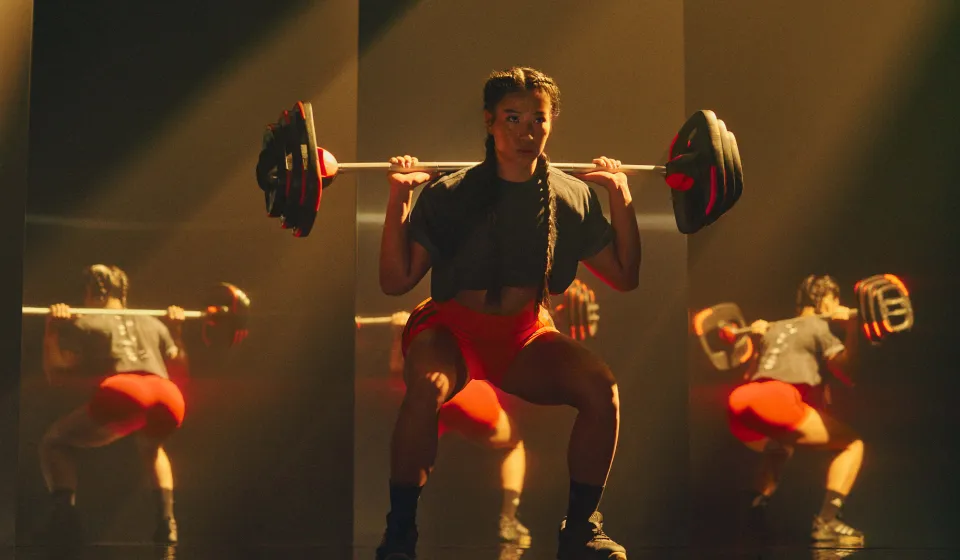




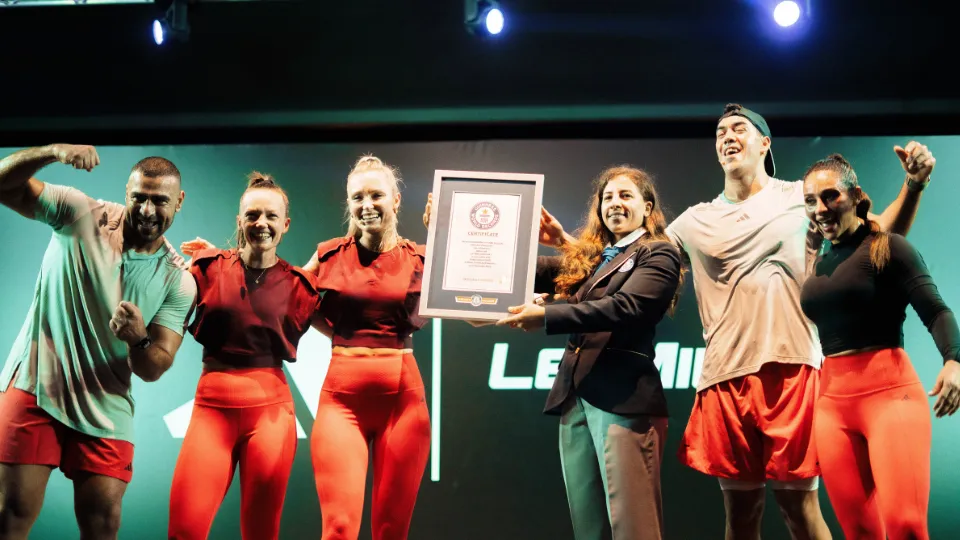
.webp)
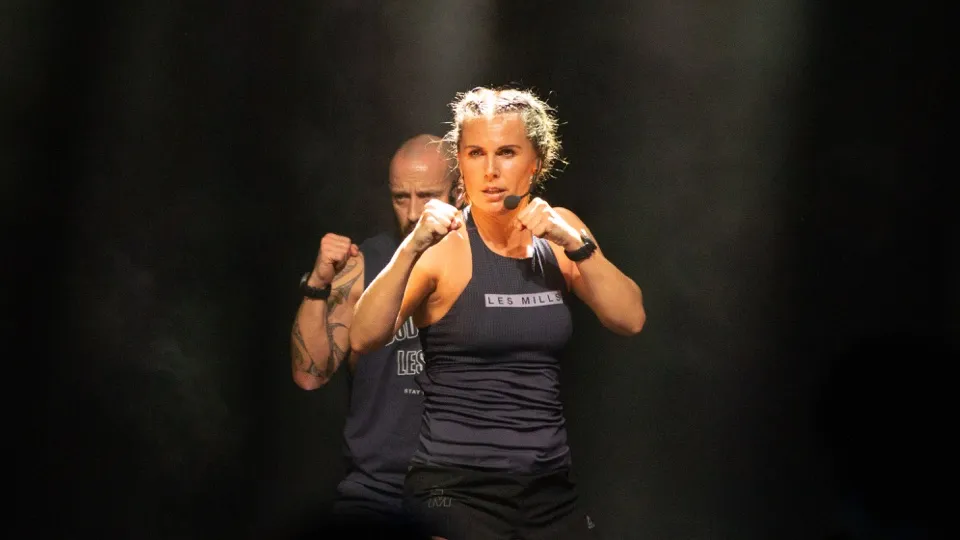
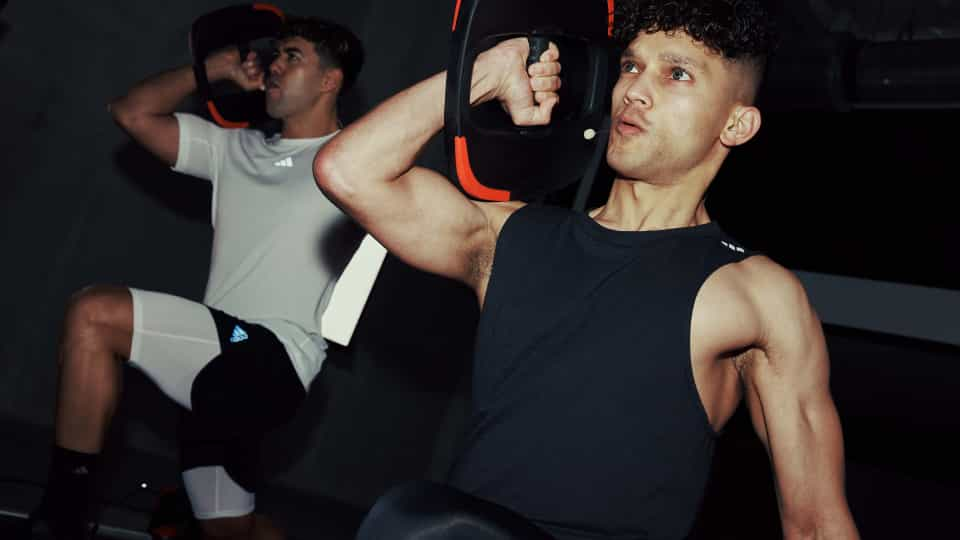
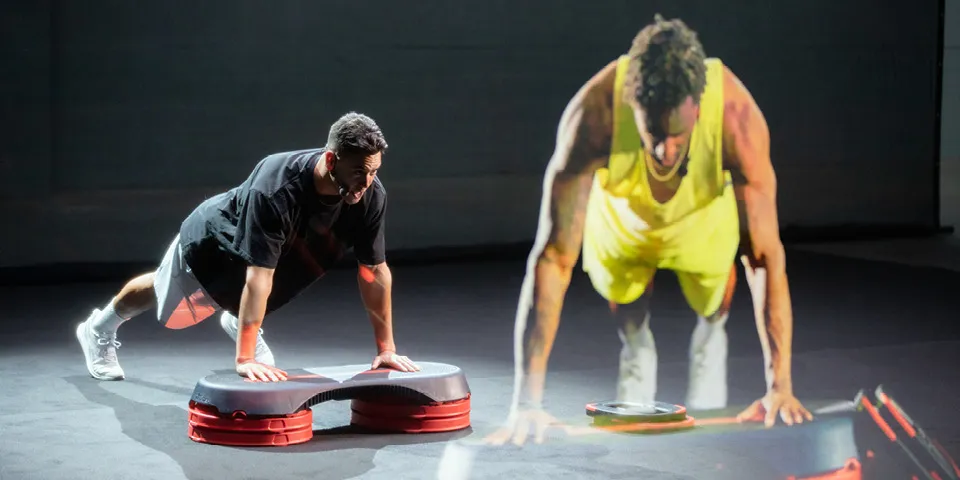








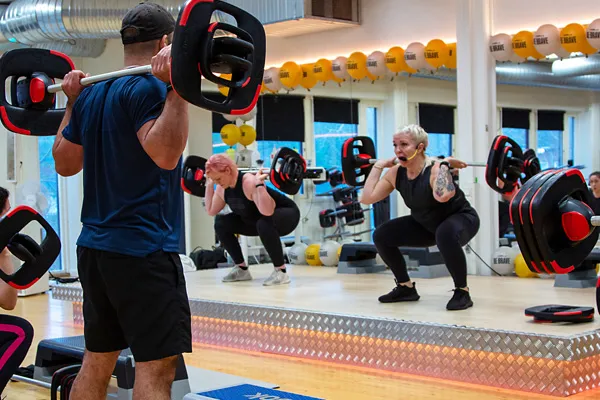

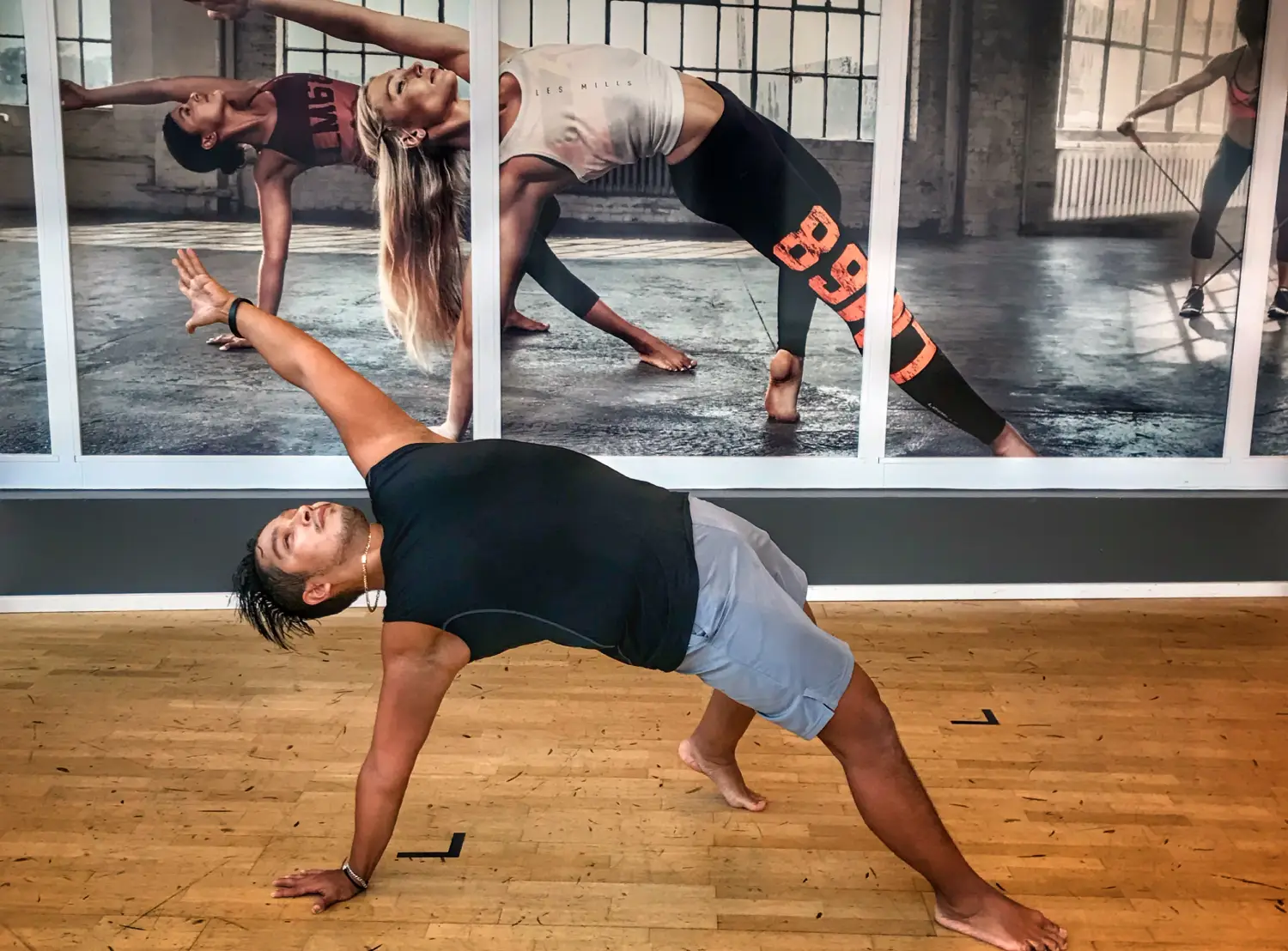






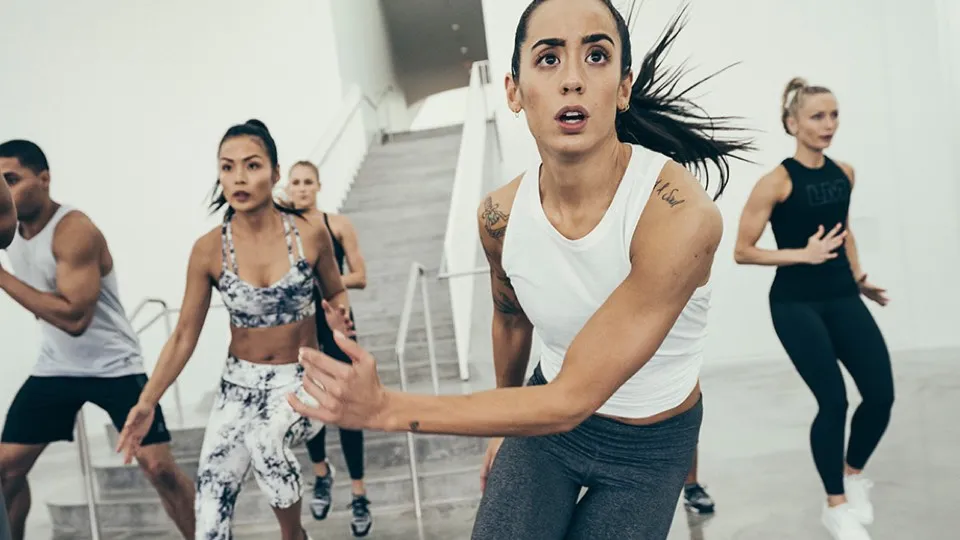


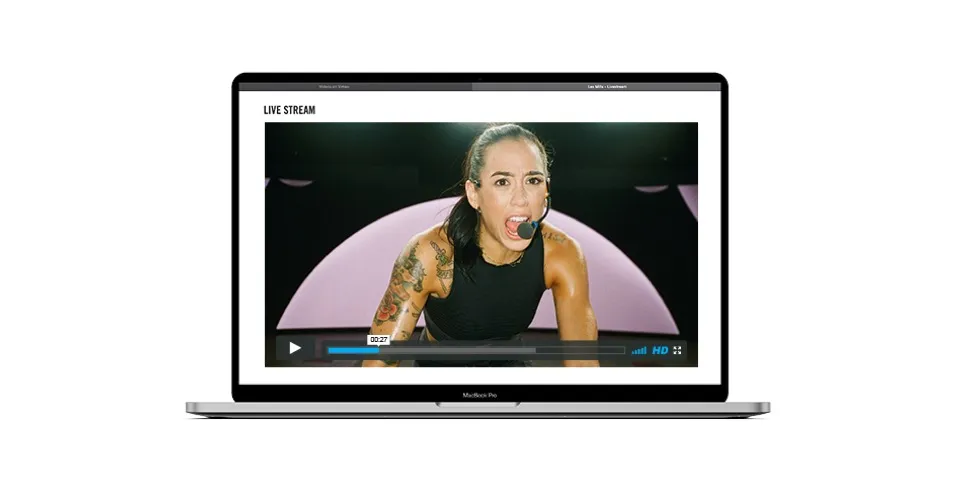

.webp)


.webp)
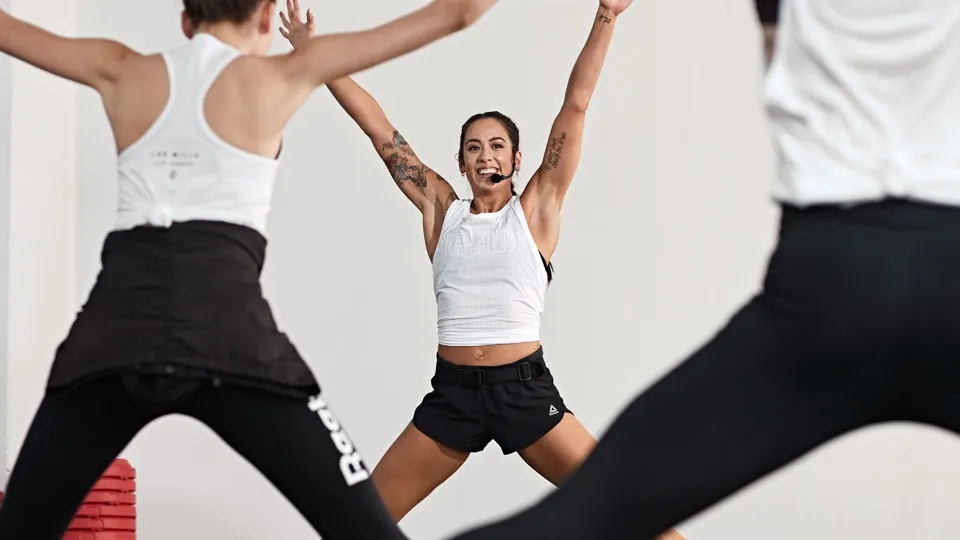
.webp)
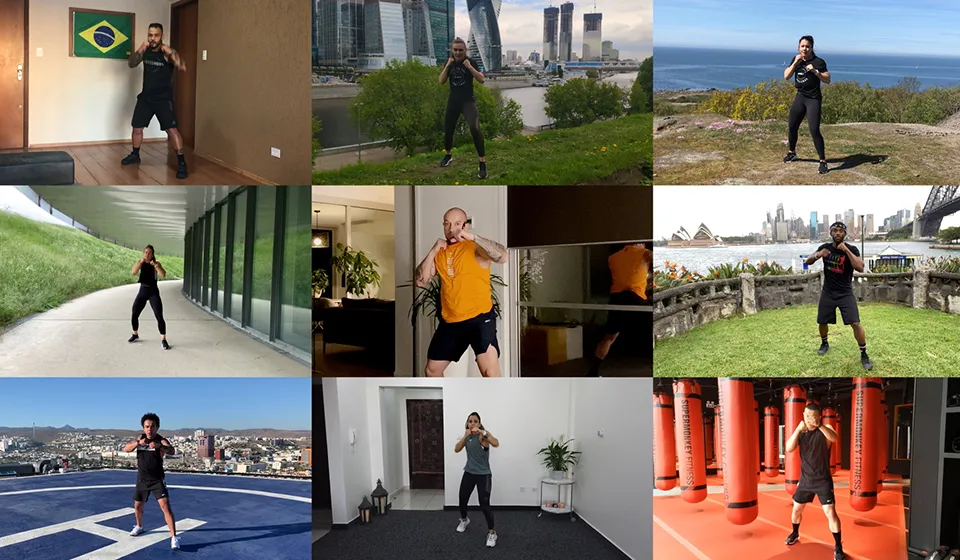
.webp)

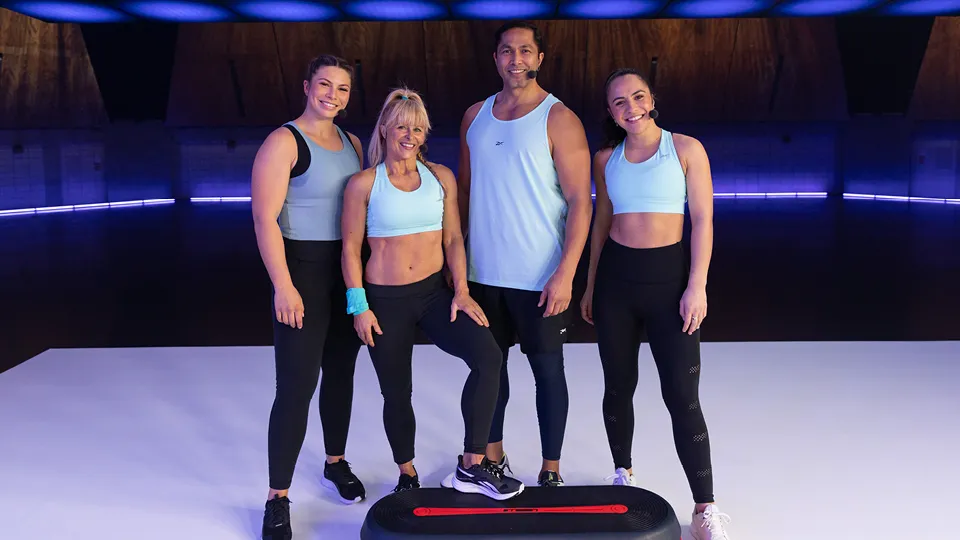
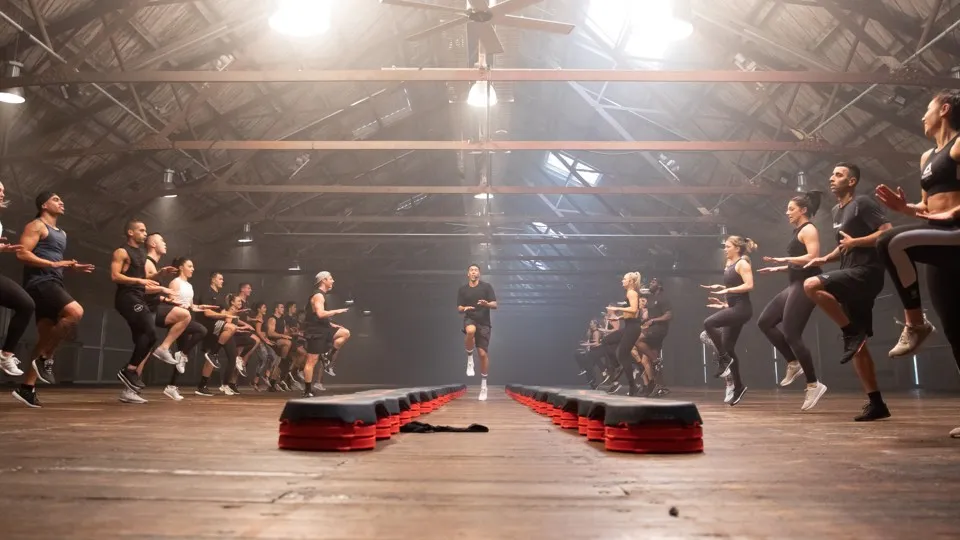

.webp)


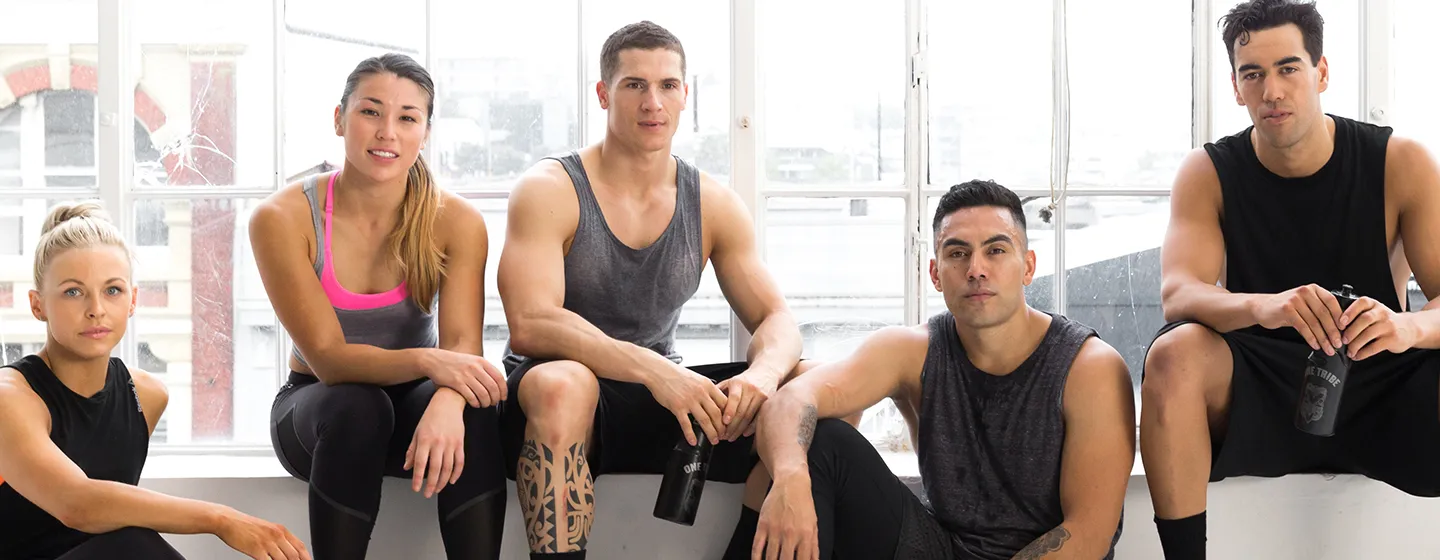

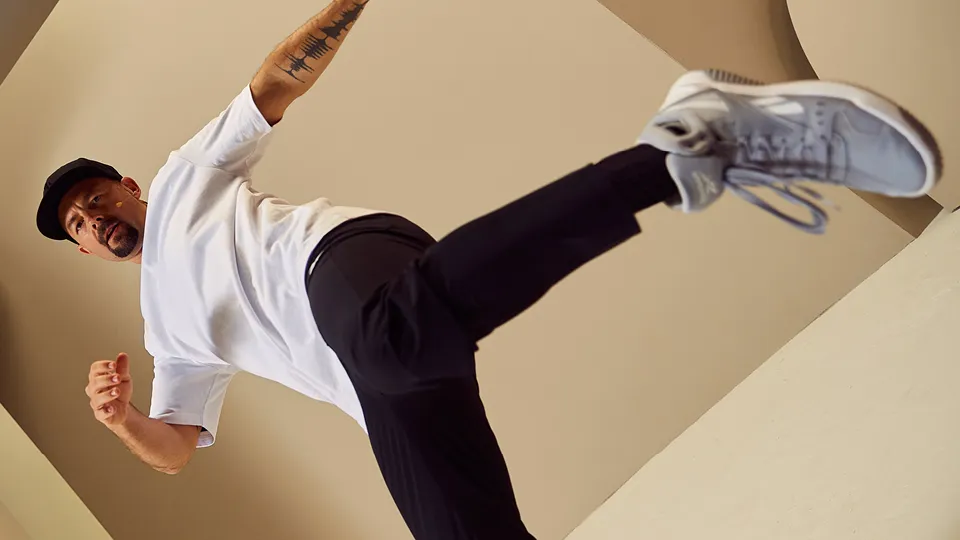

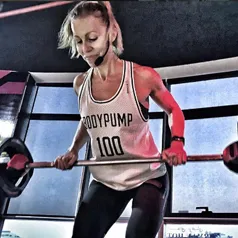
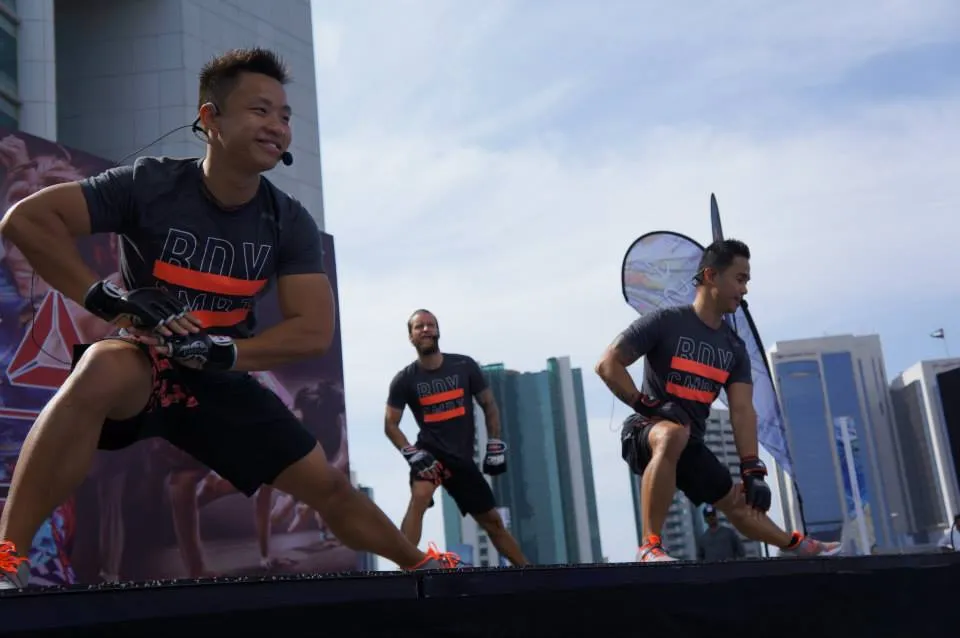
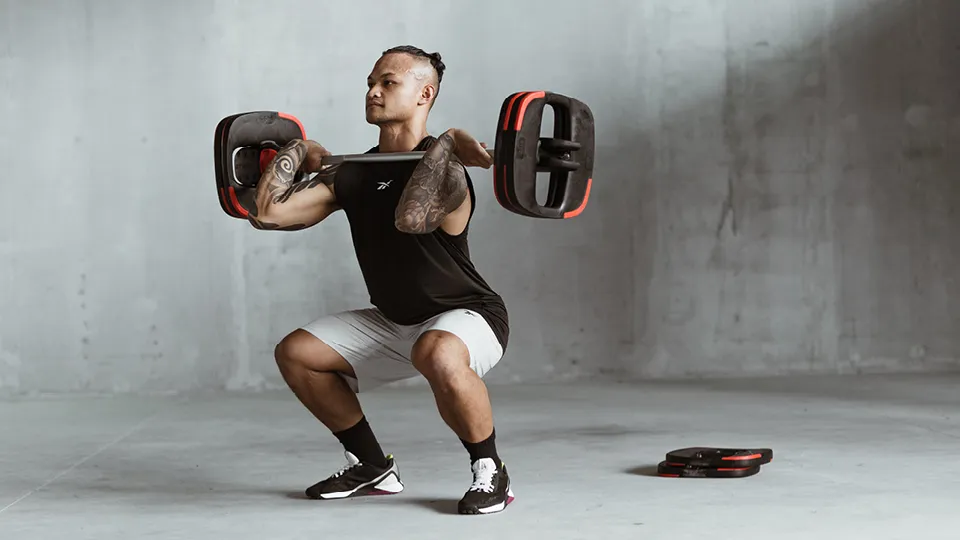


.webp)

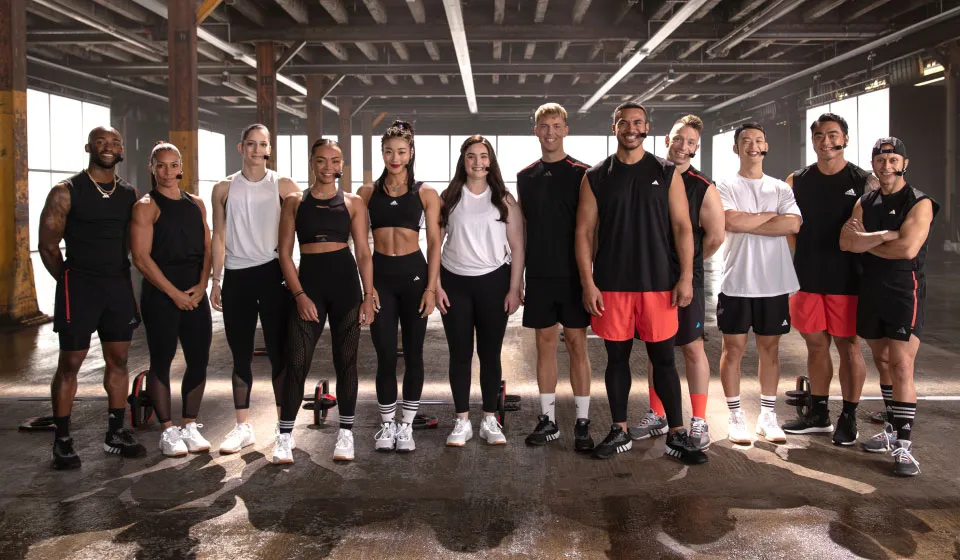
.webp)
.webp)
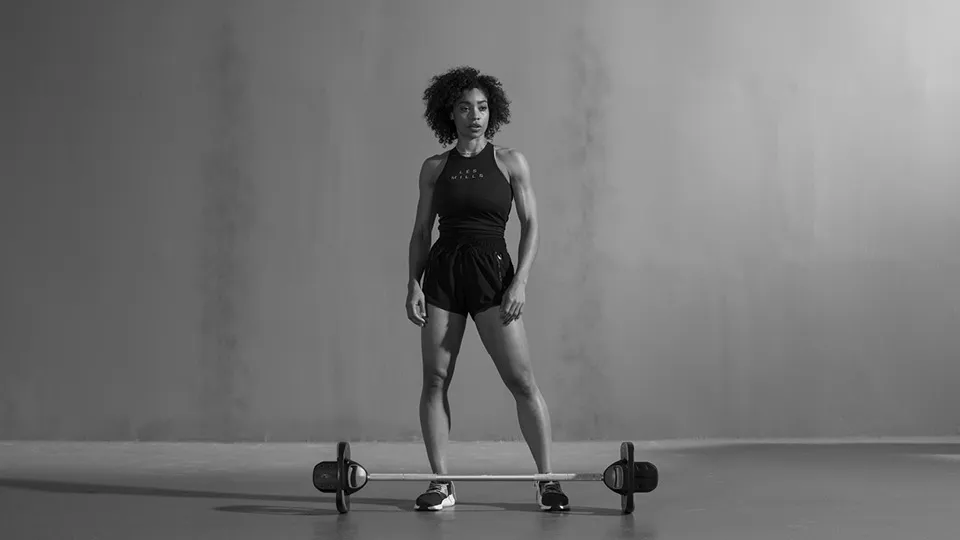
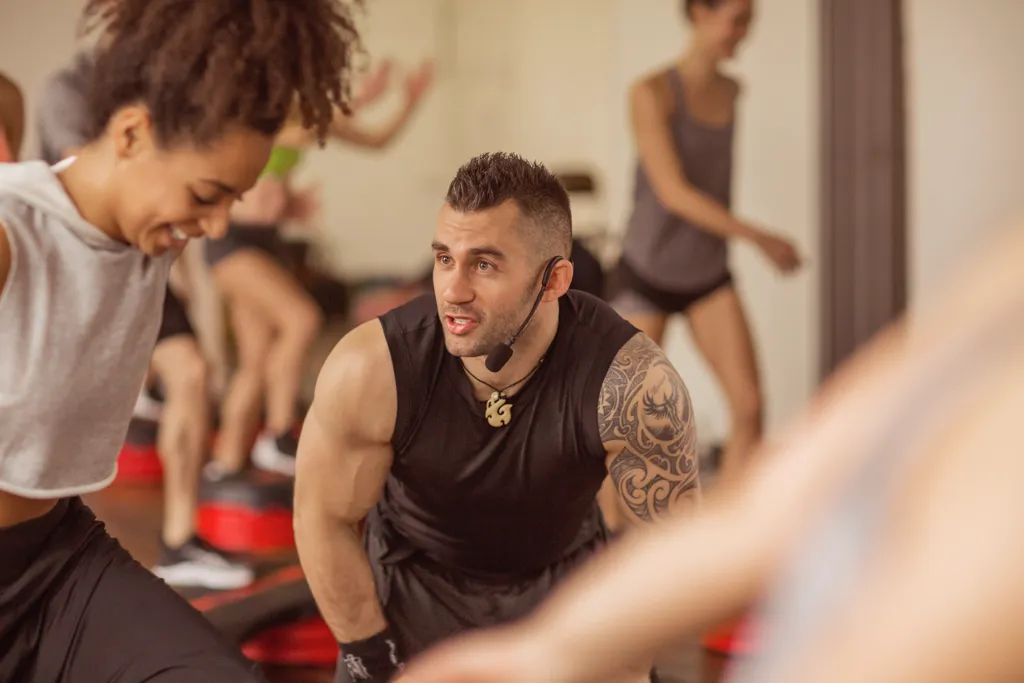


.webp)
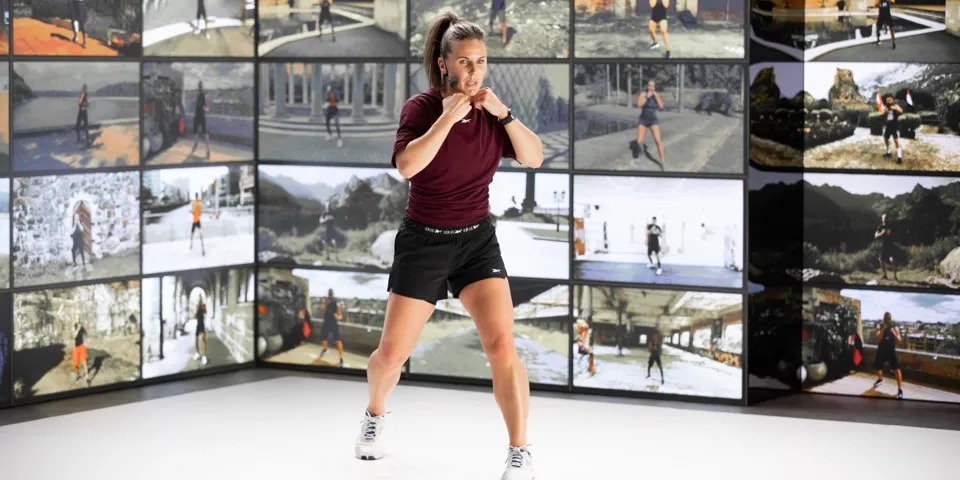
.webp)
.webp)
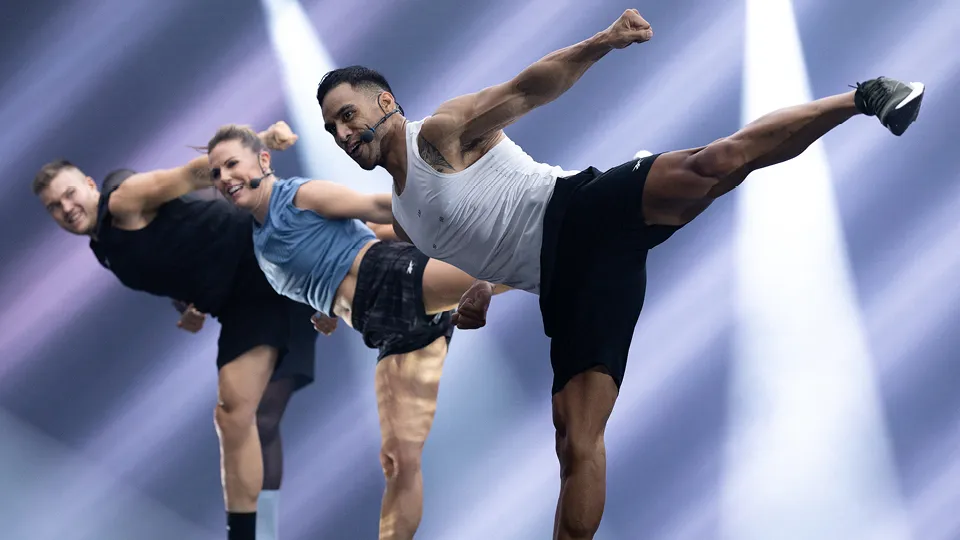



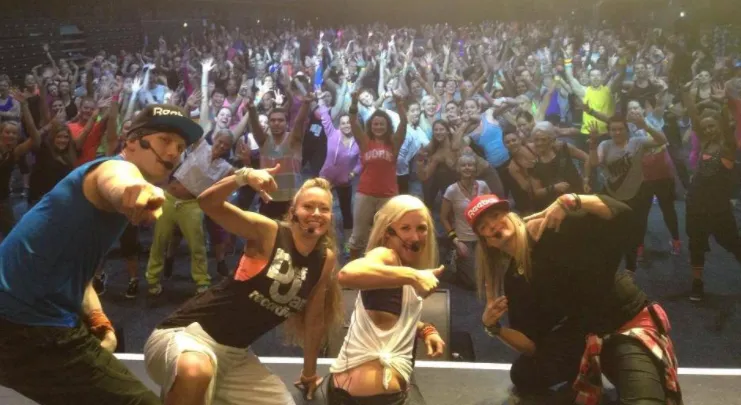

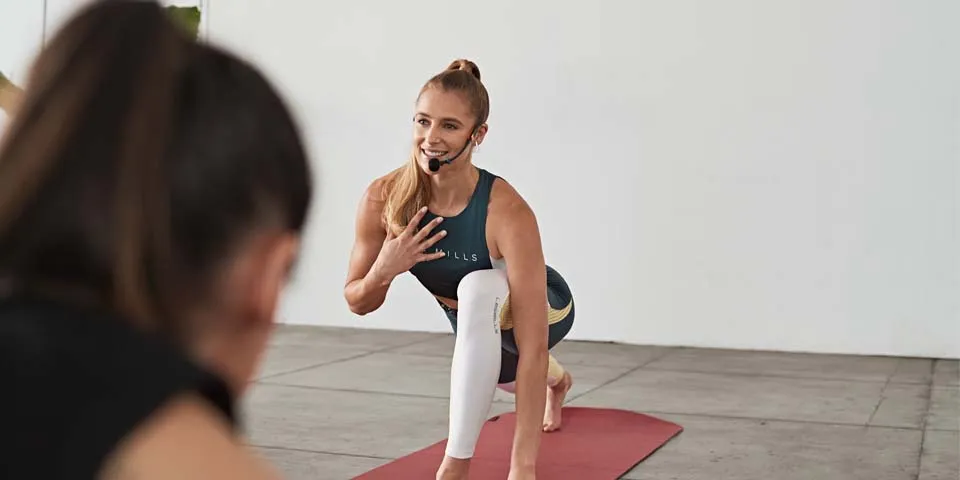
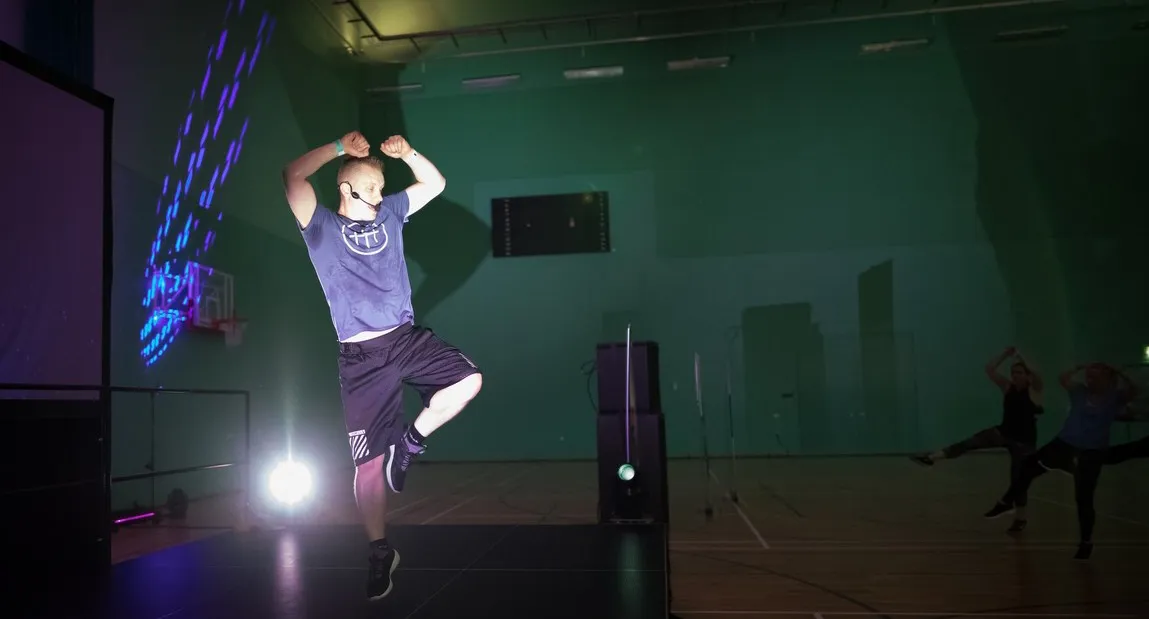

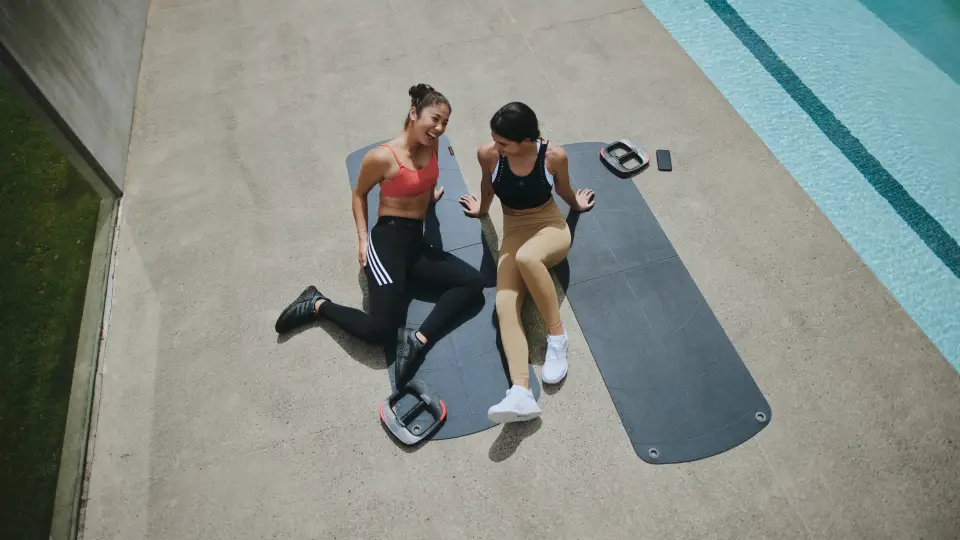



.webp)
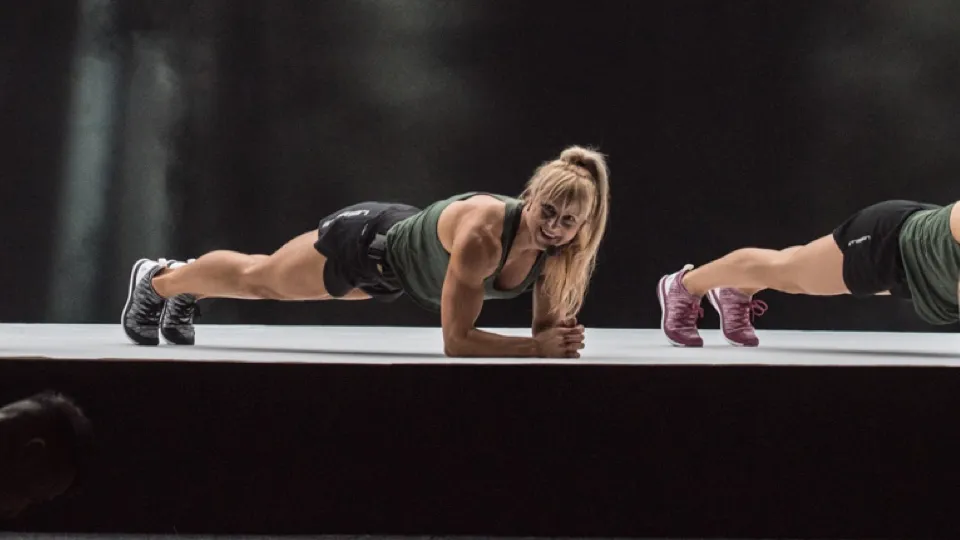

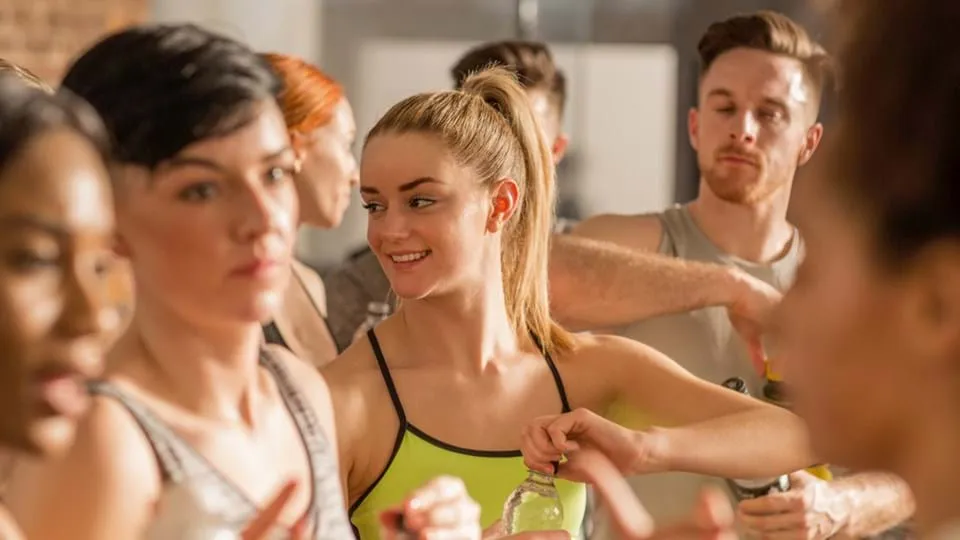


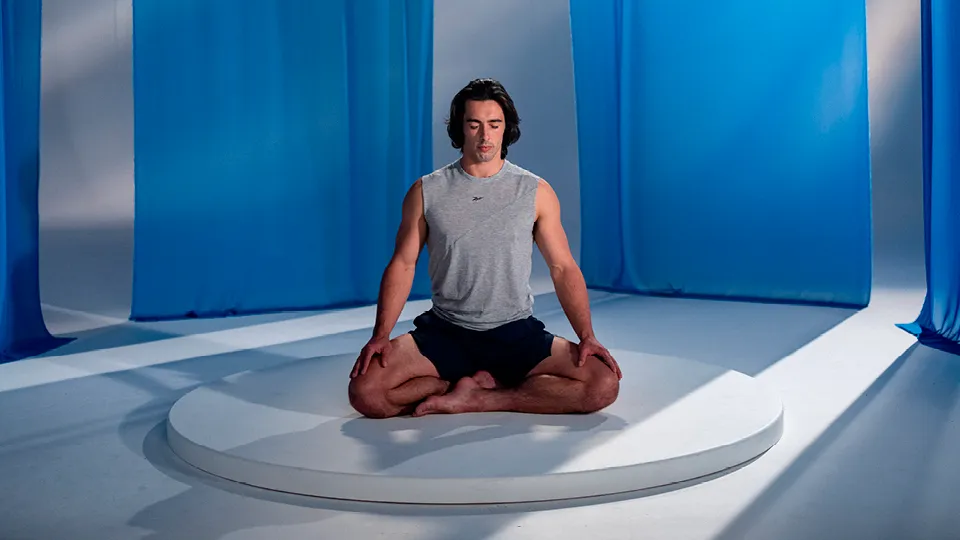
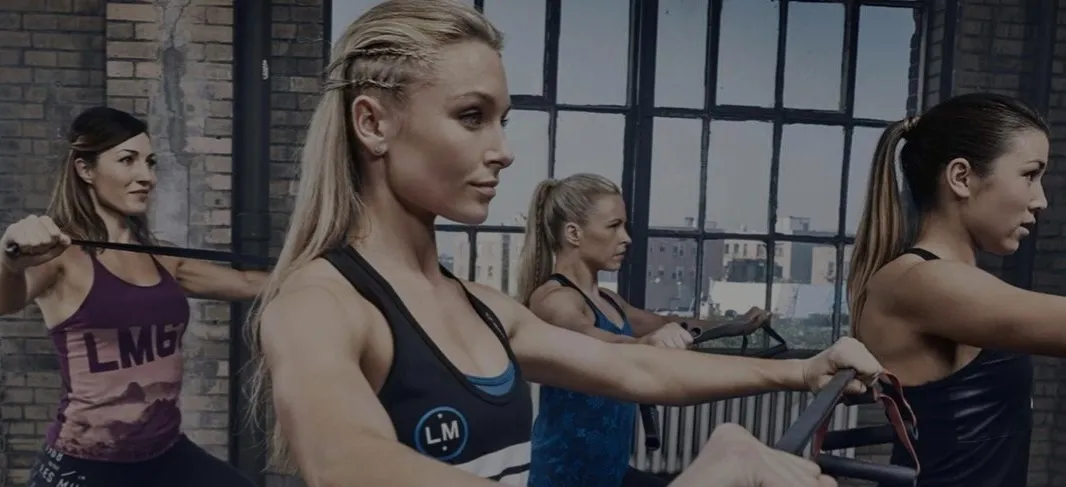
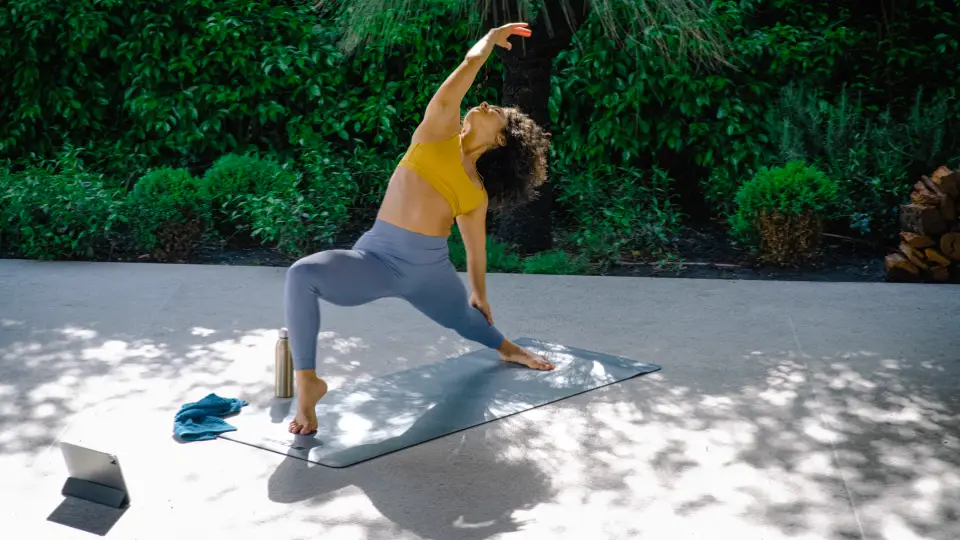

.webp)
